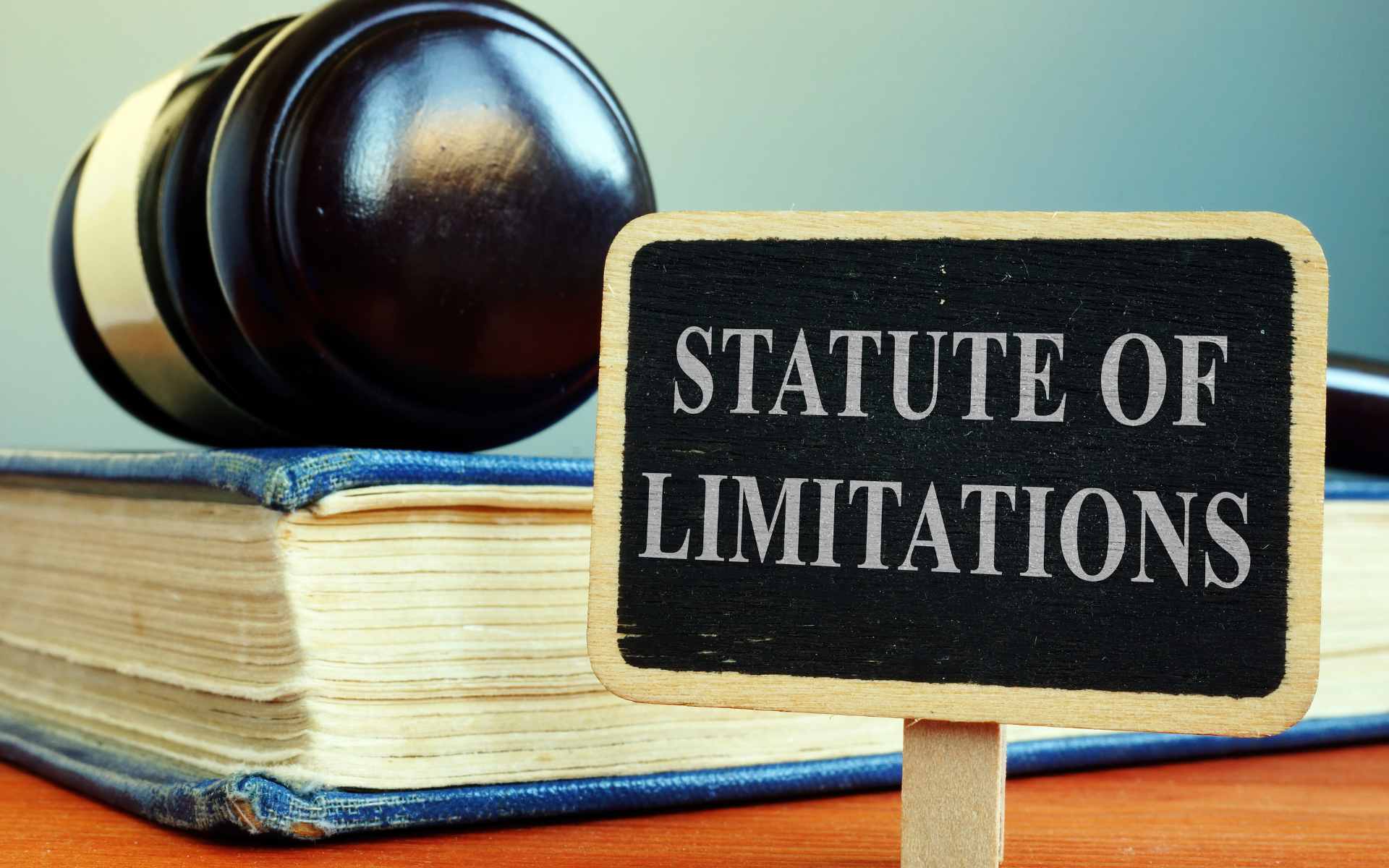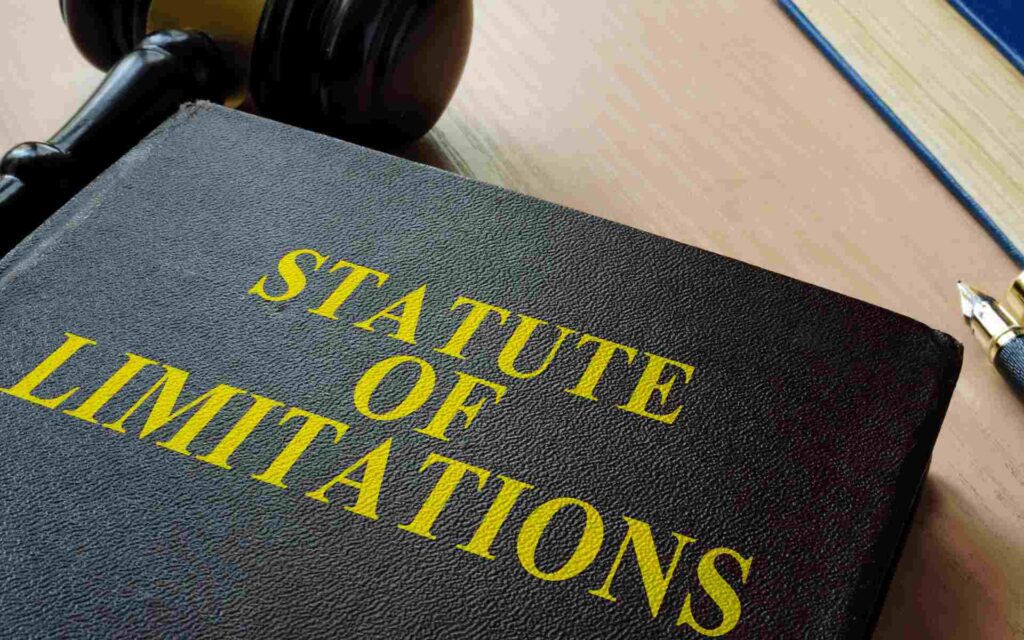Understanding The Personal Injury Statute of Limitations in California
When it comes to personal injury cases in California, understanding the personal injury statute of limitations in California is of utmost importance.
This quick guide will delve into California’s personal injury statute of limitations, providing insights to help you navigate this critical aspect of the legal landscape effectively.

What Is the Statute of Limitations?
The statute of limitations is a legal time frame that determines how long you have to file a lawsuit after an incident. In personal injury cases, this timeframe sets a deadline for initiating your claim.
Failing to do so within this timeframe could result in the forfeiture of your right to seek compensation for your injuries.
California’s Personal Injury Statute of Limitations
California’s personal injury statute of limitations typically comprises two primary timelines:
1. General Personal Injury Claims: Two Years
For most personal injury cases, such as those involving accidents, negligence, or intentional harm, you have two years from the date of the incident to file a lawsuit. It’s vital to commence the legal process within this two-year window to protect your entitlement to compensation.
2. Medical Malpractice Claims: ONE OR THREE YearS
In cases of medical malpractice, you are allowed three years from either the date of the injury or one year from the date you discovered, or should have discovered, the injury, to initiate a lawsuit.
Nevertheless, there is a maximum limit of three years from the date of the negligent act itself. This rule is designed to ensure that individuals have a reasonable amount of time to pursue claims against healthcare providers.
Exceptions to the Rule
While these general timelines apply to most personal injury cases, exceptions can alter the statute of limitations in California for personal injury:
- Minors: If the injured party is a minor (under 18 years old) at the time of the incident, the statute of limitations may be extended. In some cases, it may not begin until they reach 18.
- Government Liability: Claims against government entities may involve different procedures and timelines. Usually, you need to file a claim against the government agency within the first six months. Consulting an attorney is crucial when pursuing such claims.
- Delayed Discovery: In cases where the cause of the injury was not immediately apparent, the statute of limitations may commence from the date of discovery.
Why Timeliness Matters
Understanding and adhering to California’s statute of limitations for personal injury is of paramount importance. Neglecting to initiate your claim within the prescribed timeframes may result in the forfeiture of your right to seek compensation.
This is why it’s critical to consult with an experienced personal injury attorney who can guide you through the legal process, evaluate your case, and ensure that all deadlines are met.
Conclusion
California’s personal injury statute of limitations is a crucial factor when seeking compensation for injuries. This quick guide serves as a starting point for understanding the timelines involved, but legal matters can be complex.
If you’ve sustained an injury and believe you have a valid personal injury claim in California, it is advisable to consult with an experienced attorney who can offer personalized guidance and ensure your rights are protected.
Remember, time is of the essence in personal injury cases, so taking prompt action is paramount.

Count on Tofer & Associates
By providing this comprehensive overview, Tofer & Associates aims to equip you with the knowledge needed to navigate California’s personal injury statute of limitations effectively. We offer a comprehensive approach to personal injury cases, aiming for just compensation while you focus on recovery. As seasoned litigators, we understand how to secure the justice you deserve.
Contact us today for guidance on your legal rights. You can also call us at 800-291-9000.

